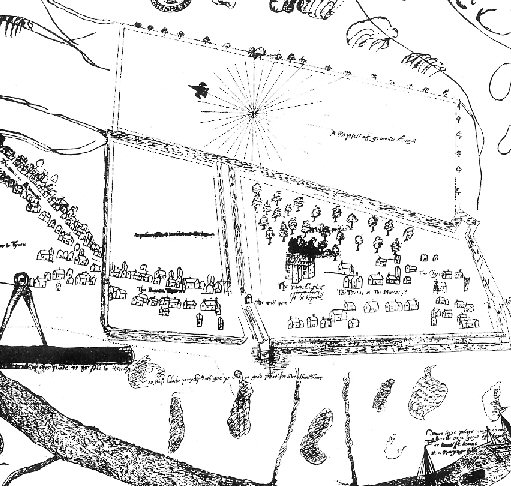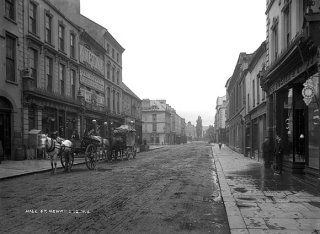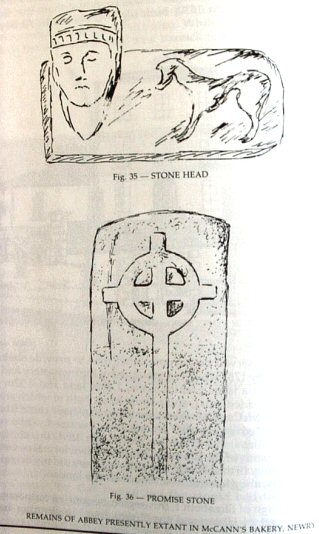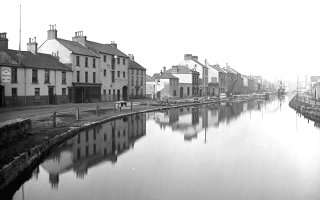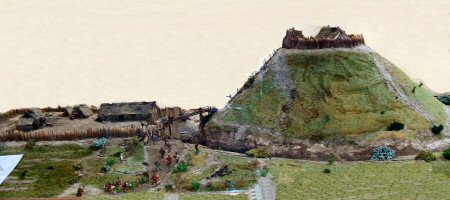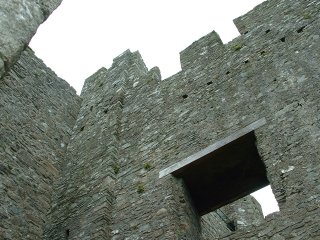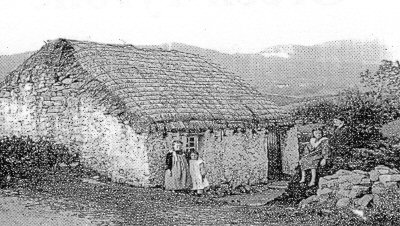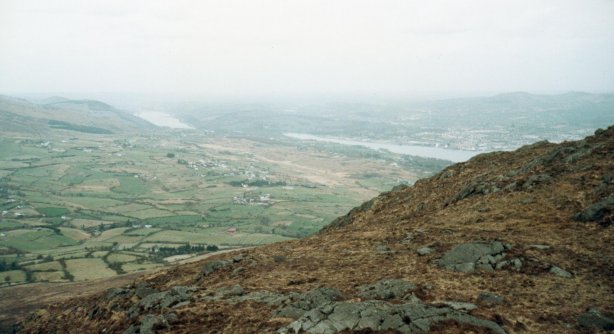Now that renovation of McCann’s Bakery is almost complete we can expect shortly to be again bombarded with ‘evidence’ that Newry’s ‘new’ Museum is in fact the very same building that was entitled ‘The New Castell’ on the earliest known map of ‘The Towne of The Newrye’ – the same building that Canavan, Newry’s definitive historian, referred to as the Abbott’s House.
Pre 1800
Behind the Horse’s Tail!
Those who choose to trivialise our local history do a great disservice to present and future generations.
Abbey Carvings
The long-defunct ‘Open Window Annual’ may, or may not, have been just that, but to the best of my knowledge the only extant editions are those for 1901-2 and 1902-3. It was a local magazine – not unlike today’s Newry Journal
Thomas Steers, Canal Engineer
Any western social and economic history of recent times will focus centrally on the Industrial Revolution (usually dated from the mid-eighteenth to the mid-nineteenth centuries) – which paved the way for our modern state of development. Industry and production shifted from cottages to factories, from country to cities, and serviced not just the home but many foreign markets as well.
The Pale and Newry
In our last historical piece, we mentioned The Pale. A little further explanation is necessary.
The Norman sweep through east and north
in the thirteenth century resulted in effective political and military domination, largely unchallenged.
1641 Revolt: deaths in Newry
Dr John McCavitt’s article entitled, ‘The Newry Massacres of 1641-2’, is reproduced from the original which first appeared in the 1988 edition of Cuisle na nGael.
Newry Journal readers are urged to consult the original article, as inevitably we have erred in ‘summarising’ what appeared there!
18th Century Famine
Scientists recently identified as the greatest danger to Ireland, Britain and Northern Europe, the possibility of the failure of the massive under-ocean current, the North Atlantic conveyor, which – by diverting the ‘Gulf Stream’ to our direction – gives us a much warmer climate than our latitude would normally merit. Ironically, in this part of the world, the first, most-dramatic and irreversible effect of rampant global warming will be much lower temperatures overall.
Montgomery & Hamilton
There had been considerable cross-Channel migration – from
O’Neills to Squire Jackson
At the time of the Ulster Plantation, immediately following the Flight of the Earls, Owen MacHugh O’Neill, son of Hugh M
But it was not to be an easy or long-lasting settlement. The fragile relationship between the conquering English and the ‘co-operating’ leaders of the old Gaelic Order was repeatedly riven over the course of the seventeenth century. Remaining clan leaders, including the O’Neills of Glasdrumman and the descendants of Oghie
